Currently, there is no nuclear power plant in the world that operates on the principle of nuclear fusion (nuclear fusion reaction). Nuclear power plants all operate on the principle of uranium fission to create thermal energy.
Nuclear fusion is the process of combining two atoms together to release heat, which turns a generator. The generators will ensure a large supply of electricity with almost no emissions. Therefore, in theory, it is considered one of the cleanest forms of energy.
Nuclear power plants operating today rely on nuclear fission reactions to generate energy, but a lot of nuclear waste is also created that remains radioactive for many years.
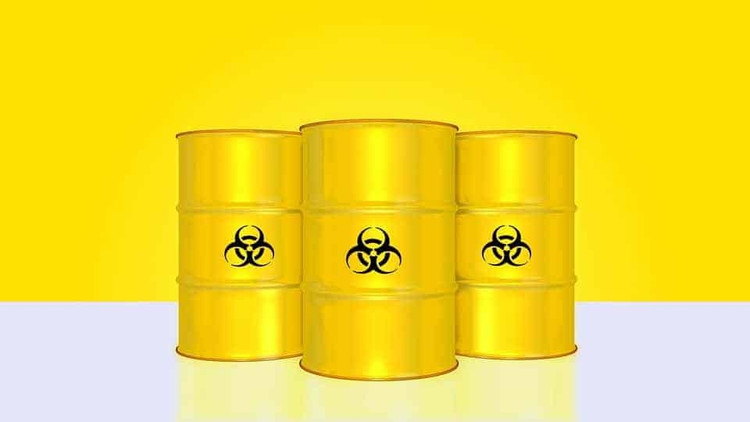
Nuclear waste from nuclear power plants is difficult to handle and extremely expensive to store.
In contrast, the nuclear fusion process that powers stars in the universe would produce very little radioactive waste at its final stage. This process requires the fusion of deuterium and tritium.
Humanity has made significant strides in harnessing the power of fusion, with OpenAI’s nuclear power plant in Ohio, USA, being one of them. However, what’s even more difficult is the tritium fuel needed for fusion reactions.
Although deuterium is readily available, the United States currently has a severe shortage of tritium. “Currently, the value of commercial tritium is about $15 million per pound [$33 million per kilogram], and the United States does not have the domestic capacity to produce it,” said Terence Tarnowsky, a physicist at Los Alamos National Laboratory (LANL) and lead author of the study.
Tritium for nuclear fusion reactors Tritium is found naturally in the upper atmosphere, and reactors in Canada are its main commercial producers.
In a press release, Tarnowsky said the current total inventory of tritium on the planet is about 55 plus or minus 31 pounds [25 plus or minus 14 kilograms].
By Tarnowsky's estimate, 25 kilograms is enough to power more than 500,000 homes for six months. "That's more than the number of homes in Washington, DC."
Meanwhile, the US has thousands of tons of nuclear waste from commercial nuclear power plants. It contains highly radioactive materials that require expensive storage to keep safe.
Scientists therefore saw an opportunity to evaluate the feasibility of using still-radioactive nuclear waste to generate valuable tritium. Simulations suggested that nuclear waste could be a good source, and Tarnowsky conducted numerous computer simulations of potential tritium reactors to evaluate the design's production and energy efficiency.
As the atoms split during the simulation, they released neutrons and eventually created tritium after a series of other nuclear transitions, according to the press release.
The boost feature would allow operators to turn these reactions on or off and is considered safer than the chain reactions that take place in a conventional nuclear power plant.
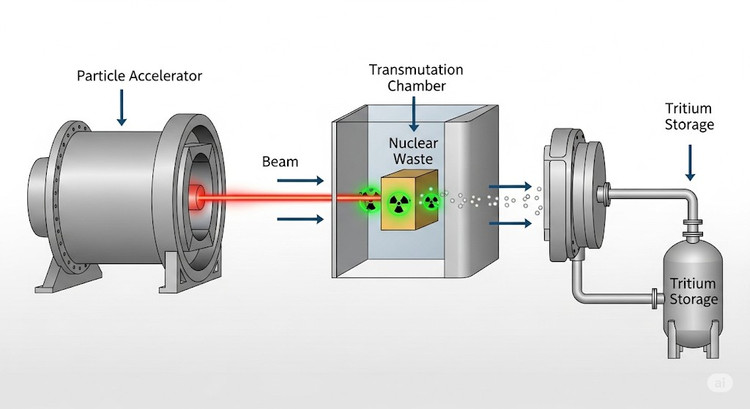
He estimates that this theoretical system running on 1 GW of power could produce about 2 kg of tritium per year. He predicts that this design would produce more than 10 times more tritium than a fusion reactor at the same thermal power.
The scientist's next plan is to calculate the cost of producing tritium once he has more detailed calculations of the reactor's performance. The simulations will also be refined to accurately assess the efficiency and safety of the reactor design.
Tarnowsky also plans to develop new code for a model of surrounding nuclear waste with molten lithium salt, an established design for a uranium-fueled reactor used only for scientific experiments.
“Energy transition is expensive, and whenever we can make it easier, we should try,” said Tarnowsky, who is currently pursuing the construction of the first commercial fusion power plant in the United States and globally.
If perfected, the design could power future fusion reactors and ensure a less emissions-intensive energy transition.
The research was funded by the Los Alamos National Laboratory and the US National Nuclear Security Administration. The scientist will present his results at the fall meeting of the Chemical Society, taking place from August 17 to 21.
Source: https://khoahocdoisong.vn/my-phat-trien-cong-nghe-tai-che-chat-thai-hat-nhan-thanh-nhien-lieu-hydro-post2149046832.html



![[Photo] Prime Minister Pham Minh Chinh chairs meeting of National Steering Committee on International Integration](https://vphoto.vietnam.vn/thumb/1200x675/vietnam/resource/IMAGE/2025/8/26/9d34a506f9fb42ac90a48179fc89abb3)



![[Photo] Multi-colored cultural space at the Exhibition "80 years of the journey of Independence - Freedom - Happiness"](https://vphoto.vietnam.vn/thumb/1200x675/vietnam/resource/IMAGE/2025/8/26/fe69de34803e4ac1bf88ce49813d95d8)
![[Photo] Prime Minister Pham Minh Chinh receives CEO of Samsung Electronics](https://vphoto.vietnam.vn/thumb/1200x675/vietnam/resource/IMAGE/2025/8/26/373f5db99f704e6eb1321c787485c3c2)


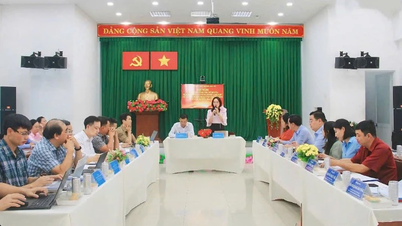


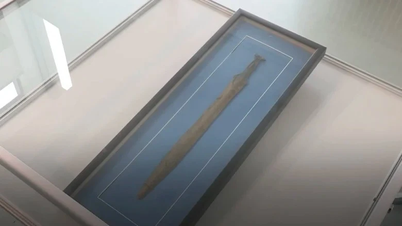
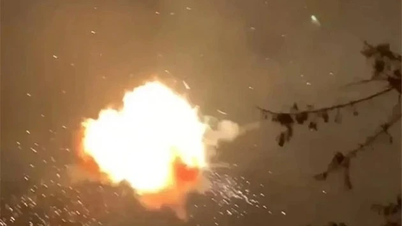








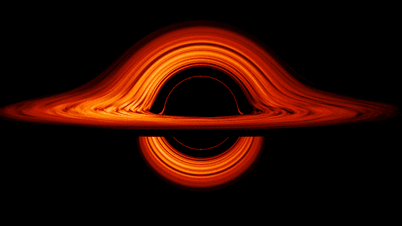























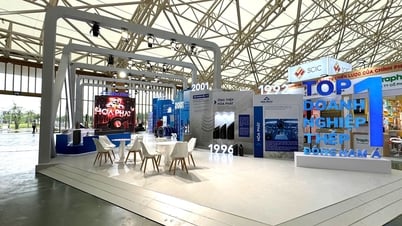

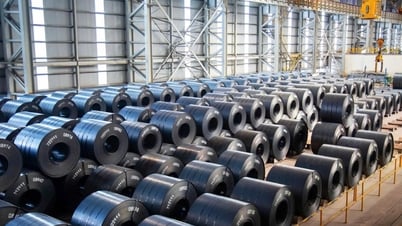


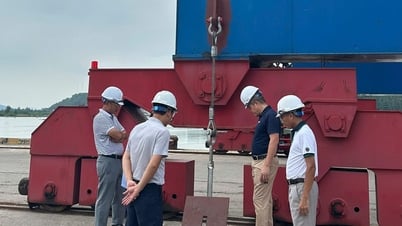



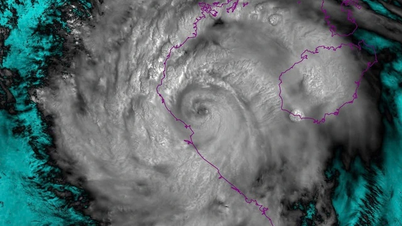











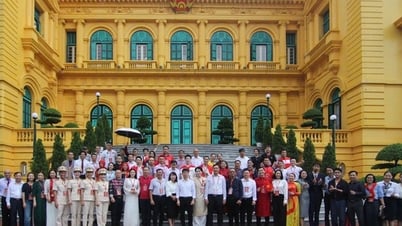













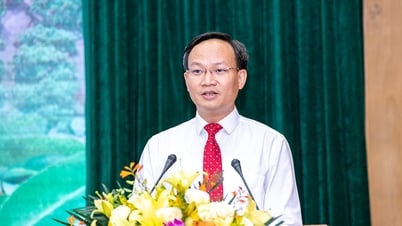


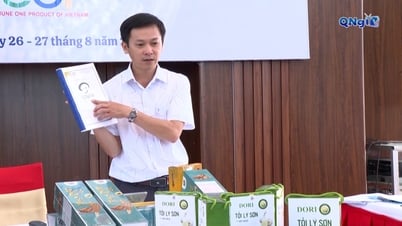









Comment (0)